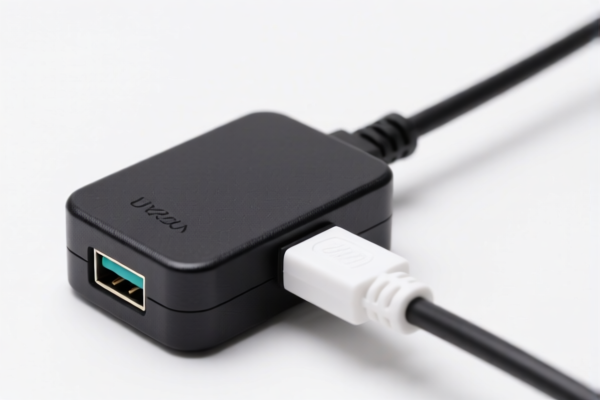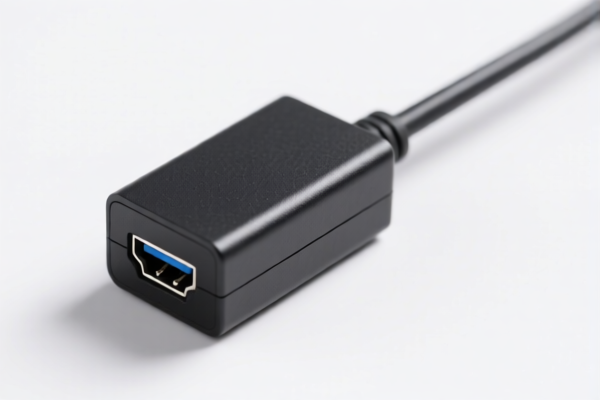| HS Code | Official Doc | Tariff Rate | Origin | Destination | Effective Date |
|---|---|---|---|---|---|
| 8544429090 | Doc | 57.6% | CN | US | 2025-05-12 |
| 9033009000 | Doc | 59.4% | CN | US | 2025-05-12 |
| 8454100000 | Doc | 55.0% | CN | US | 2025-05-12 |
| 3917390050 | Doc | 33.1% | CN | US | 2025-05-12 |




Declaration Item Classification & Duty Analysis - CONNECTING LINE, CONVERTER3
Here's a breakdown of the classifications and duties associated with the declared items, presented for clarity. This analysis is based on the provided HS codes and tax information.
Understanding HS Codes:
The Harmonized System (HS) code is a globally standardized system of names and numbers used to classify traded products. It's crucial for determining import duties and taxes. Here's a general breakdown of the HS code structure (using examples from your provided data):
- First 2 Digits (Chapter): Broadly defines the product category.
- First 4 Digits (Heading): More specific classification within the chapter.
- First 6 Digits (Subheading): Further refines the product classification.
- Full HS Code (8 Digits or more): The most detailed classification, often specifying material, function, or other characteristics.
1. Insulated Electric Conductors (HS Code: 8544.42.90.90)
- Chapter 85: Electrical machinery and equipment.
- Heading 8544: Insulated conductors.
- Subheading 8544.42: Other electric conductors, for a voltage not exceeding 1,000 V, fitted with connectors.
- HS Code 8544.42.90.90: Specifically, other insulated electric conductors with connectors, not further specified.
Duty Information:
- Basic Duty: 2.6%
- Additional Duty: 25.0%
- Post April 2, 2025: Additional Duty increases to 30.0%
- Total Duty: 57.6%
Important Considerations:
- Voltage: Ensure the voltage of the conductors does not exceed 1,000V. If it does, a different HS code will apply.
- Material: The specific type of insulation (e.g., PVC, rubber, Teflon) may influence the applicable duty rate.
- Connectors: The type of connectors used should be clearly specified.
2. Parts & Accessories for Machines (HS Code: 9033.00.90.00)
- Chapter 90: Instruments and apparatus for measuring, checking, testing, navigating or other purposes; optical goods; photographic or cinematographic, measuring, checking, testing, navigating or other purposes.
- Heading 9033: Parts and accessories for machines, appliances, instruments or apparatus of chapter 90.
- HS Code 9033.00.90.00: Other parts and accessories not specified elsewhere in Chapter 90.
Duty Information:
- Basic Duty: 4.4%
- Additional Duty: 25.0%
- Post April 2, 2025: Additional Duty increases to 30.0%
- Total Duty: 59.4%
Important Considerations:
- Specificity: The description "Other" is broad. Providing a more detailed description of the parts and accessories is highly recommended to ensure accurate classification.
- Machine Type: Knowing the type of machine these parts are for can help refine the HS code.
3. Converters for Metallurgy (HS Code: 8454.10.00.00)
- Chapter 84: Nuclear reactors, boilers, machinery and mechanical appliances; parts thereof.
- Heading 8454: Converters, ladles, ingot molds and casting machines, of a kind used in metallurgy or in metal foundries, and parts thereof.
- HS Code 8454.10.00.00: Converters.
Duty Information:
- Basic Duty: 0.0%
- Additional Duty: 25.0%
- Post April 2, 2025: Additional Duty increases to 30.0%
- Total Duty: 55.0%
Important Considerations:
- Metallurgical Use: Confirm that the converters are specifically used in metallurgy or metal foundries.
- Material: The material of construction may be relevant.
4. Plastic Tubes, Pipes & Fittings (HS Code: 3917.39.00.50)
- Chapter 39: Plastics and articles thereof.
- Heading 3917: Tubes, pipes and hoses and fittings therefor.
- HS Code 3917.39.00.50: Other tubes, pipes and hoses, other.
Duty Information:
- Basic Duty: 3.1%
- Additional Duty: 0.0%
- Post April 2, 2025: Additional Duty increases to 30.0%
- Total Duty: 33.1%
Important Considerations:
- Plastic Type: The specific type of plastic (e.g., PVC, PE, PP) is important.
- Application: The intended use of the tubes, pipes, and fittings may affect the classification.
Disclaimer: This analysis is based on the information provided and is for general guidance only. Import regulations are complex and subject to change. It is strongly recommended to consult with a licensed customs broker or relevant authority for accurate classification and duty assessment before importing any goods. Providing detailed product specifications and intended use will help ensure accurate classification and avoid potential delays or penalties.
Customer Reviews
No reviews yet.